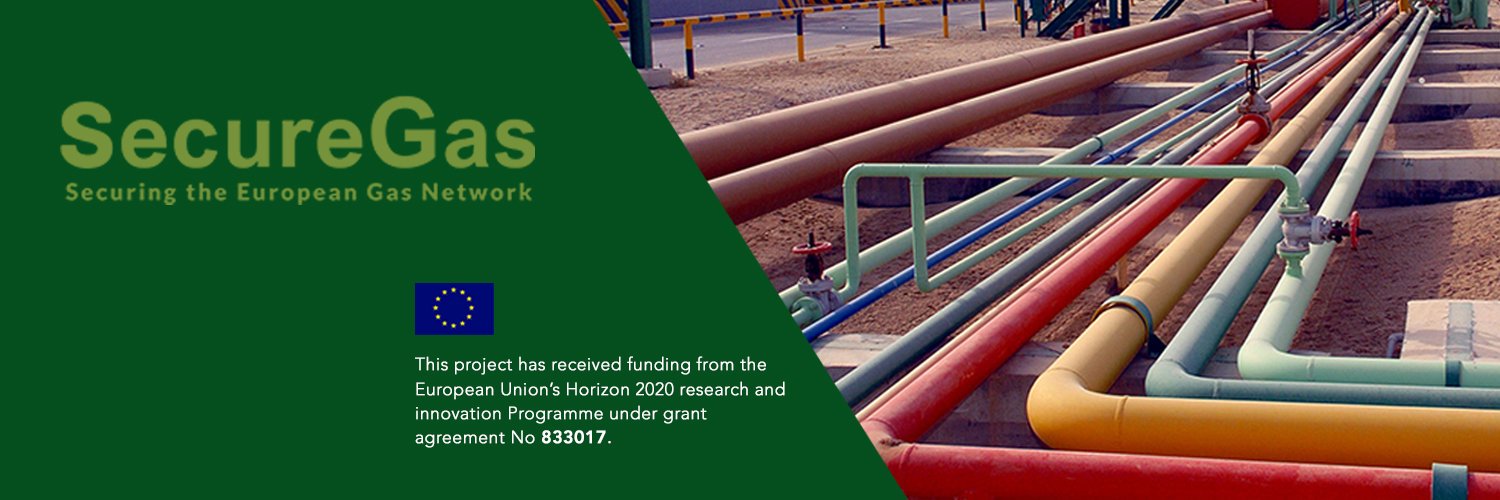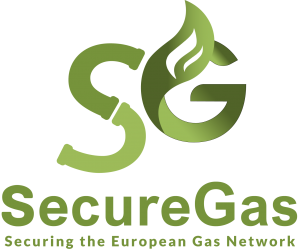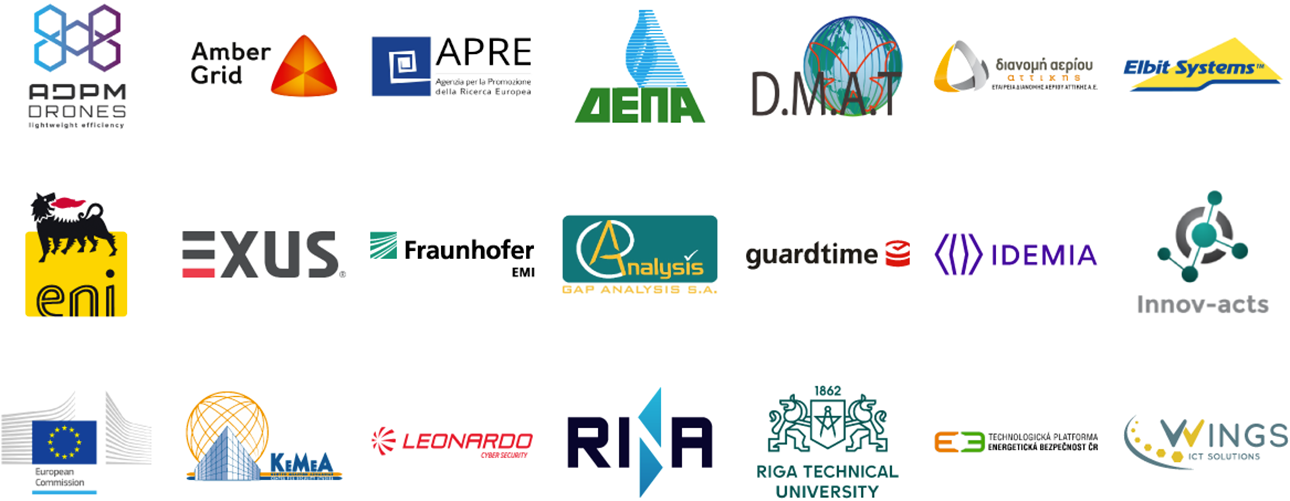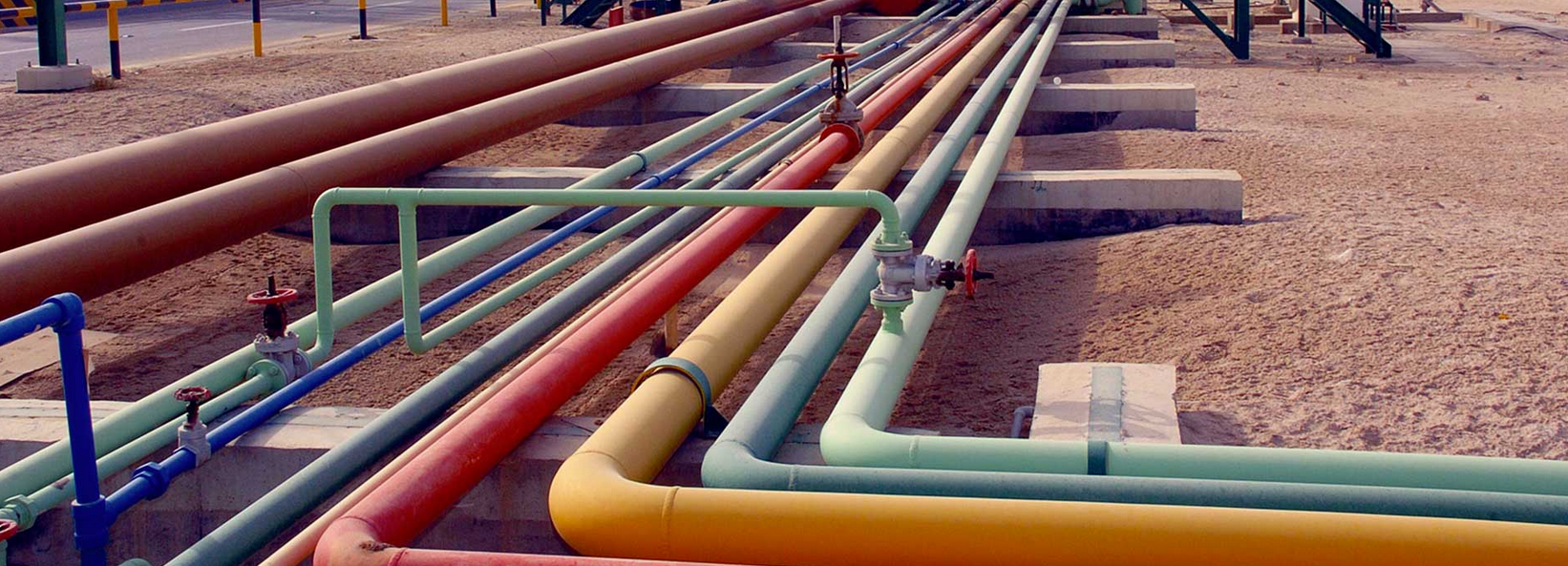SecureGas (2019-2021)
SecureGas – security for the European Gas Network

Duration: (M1) June 2019 – (M30) November 2021

Project information
SecureGas is a Research Project in the EU Framework Program H2020 for Research and Innovation, aiming to strengthen the security and resilience of the European Gas Network, by taking into account physical and cyber threats.
his project has recieved funding from the European Union’s Horizon 2020 research and annovation Program under grant agreement No. 833017.
SecureGas will define a blueprint on how critical gas infrastructure should be planned, designed, built, operated, and maintained to cope with cyber-physical security threats.

SecureGas-Logo
Project Partners
The international, multidisciplinary SecureGas team consists of 21 partners from the gas industry, research and companies with specialized IT, security and crisis management expertise:
- Rina Consulting S.P.A – RINA, Coordinator
- Fraunhofer EMI – FhG
- Leonardo | LDO
- Kentro Meleton Asfaleias – KEMEA
- Public Gas Corporation S.A. – DEPA
- Eni S.p.A. – ENI
- Guardtime AS – GT
- AB Amber Grid – Amber Grid
- Elbit System – Elbit
- WINGS ICT Solutions – WINGS
- IDEMIA Identity & Security Germany AG – IDMG
- ADPM Drones SRL – ADPM
- Riga Technical University – RTU
- Joint Research Centre – JRC
- EXUS Software Single Member Limited Liability Company – EXUS
- Gap Analysis S. A. – GAP
- Innovation Acts Ltd. – Innov
- Agency for the Promotion of European Research – APRE
- Technological Platform – Energy Security – TPEB
- Attiki Natural Gas Distribution Company S.A. – EDAA
- D.M.A.T. Consulting KG – DMAT

SecureGas Objectives:
SecureGas will build on the following Strategic Objectives:
A. The provision of a comprehensivescenarioand event analysis of all aspects of interdependent physical(natural, anthropogenic, man-made; accidental) and cyber threats to the European Gas Critical Infrastructure(CI) network and the cascading risks resultingfrom such complex threats.
B. The demonstration of systemic (multi-hazards, multi-threats) security risk and resilience management approaches, including the combination of physical andcyber threats, their interconnections, cascading effects and emergent behaviour (unexpected systemic behaviour).
C. The implementation of improved, integrated, and incremental solutions (e.g. the project extended components) to prevent, detect, respond and mitigate physical and cyber threatsfor Gas CI and their customization to specific installations (e.g. the project business cases). The solutions will be federated around the concept of Platform as a Service (PaaS) so that to ensure modularity, flexibility,third-party (e.g. legacy) applications integration, customization of the servicesto the business cases.
D. The deployment and validation of customized solutionsto achieve the security and resilience of all functions and services performed by the installations, in particular of functions that ensure the integrity neighbouring populations and the environment, building on functionalities as provided by C and D.
E. The establishment of a trustworthy mechanism for sharing informationamong rescue teams, security teams and monitoring teams, the population, to improve the safety of their operations in an emergency, in line with the need for a convergent approach in safety and security.
F. The identification and development of viable and effective(in terms of economic and organizationalefficiency) security paradigms, tested via the implementation of the business cases.
Business Cases:
Business Case 1 (Greece)
Risk-Based Security Asset Management through the Life-Cycle of Gas CI projects.
Business Case 2 (Lithuania)
Impacts and cascading effects of cyber-physical attacks to strategic nodes of the Gas network.
Business Case 3 (Italy)

